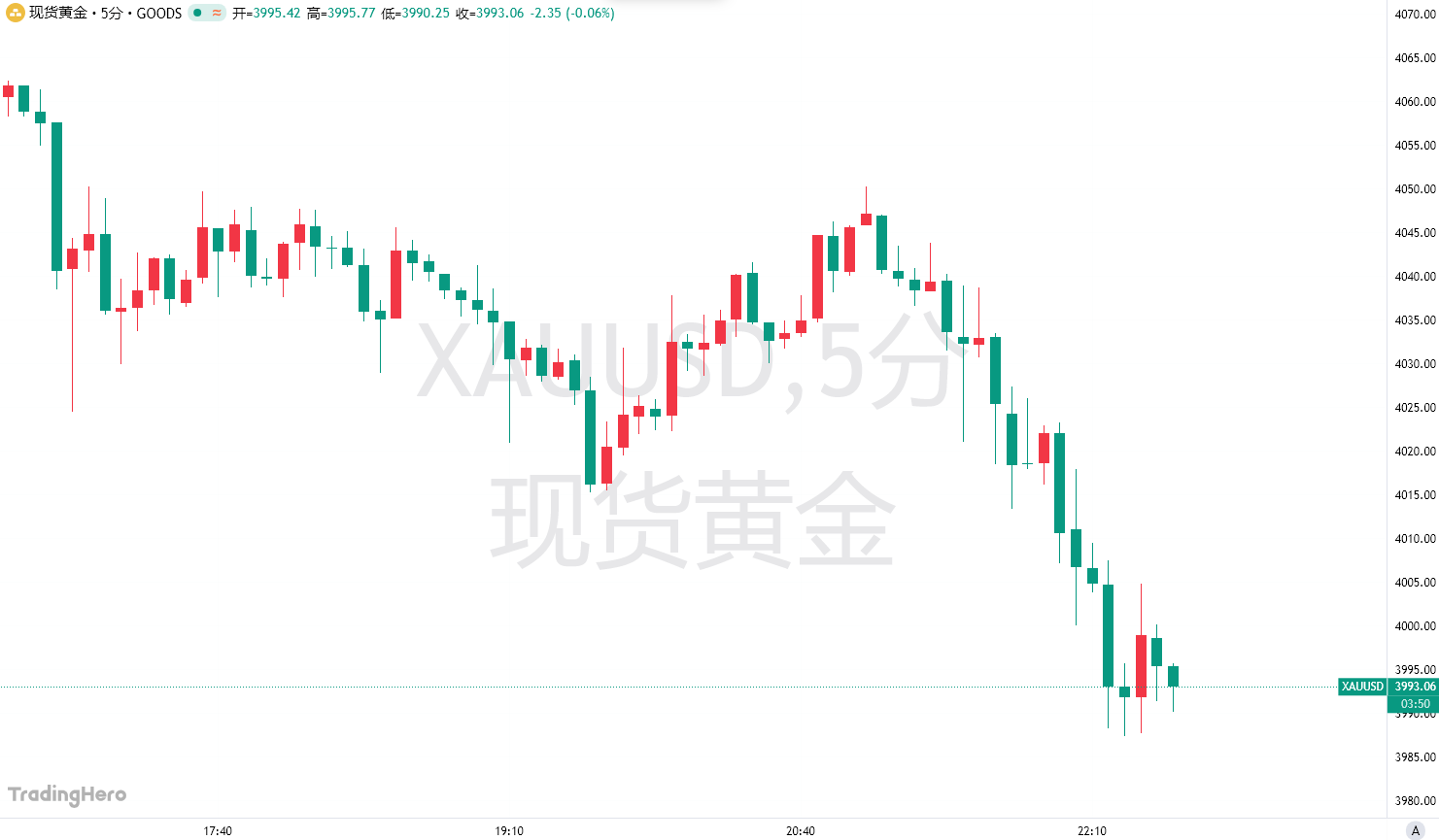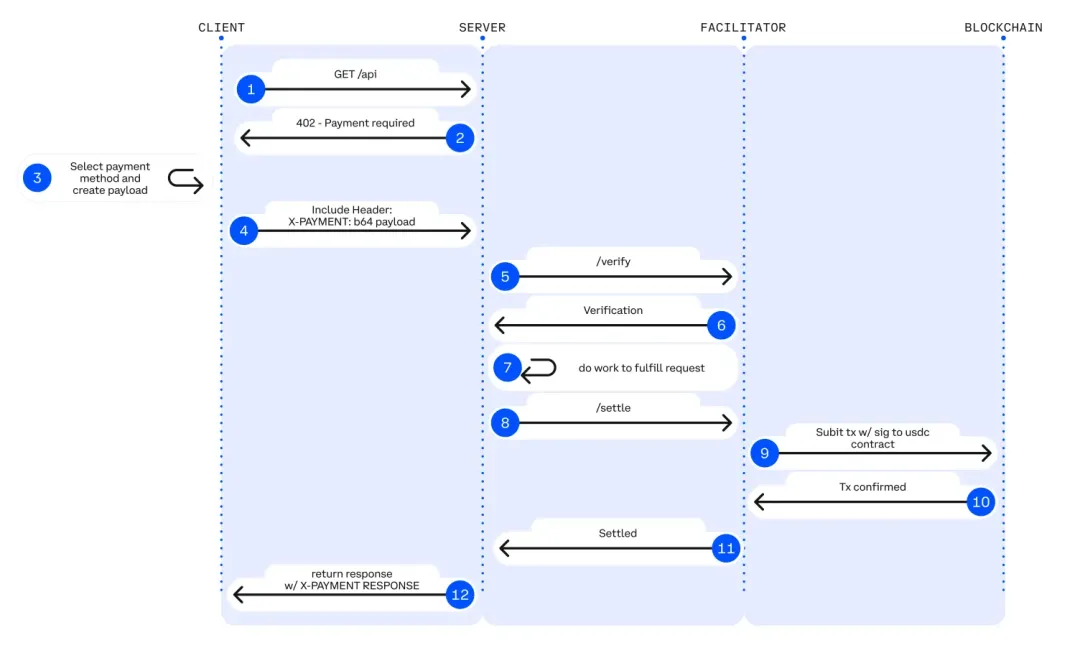25 basis points not enough? The market bets that the Federal Reserve will continue to cut rates—will Powell signal a shift this time?
Facing internal disagreements and immense political pressure, how will Federal Reserve Chairman Powell signal the future policy path? This may be the key factor determining the direction of the market.
The market generally expects that the Federal Reserve will continue to cut interest rates by 25 basis points this week, aiming to prevent further slowdown in the labor market, and this may not be the end of a series of rate cuts.
The continued rise in initial jobless claims indicates that demand in the labor market continues to cool. Although the government shutdown has led to delays in the release of most official economic data, including the unemployment rate (the last estimate for August was 4.3%).
Weaker-than-expected inflation data, including last week's report showing the Consumer Price Index (CPI) rose 3% year-on-year, has temporarily set aside concerns about tariff-driven price pressures. Perhaps more importantly, after last month's 25 basis point rate cut, the consensus post-meeting statement from the Federal Reserve included language about "additional adjustments" to policy rates.
Federal Reserve Vice Chair for Supervision Bowman specifically pointed out that this wording suggests further rate cuts in the future, and analysts expect the Federal Reserve will not signal a possible pause in rate cuts by changing this wording.
Michael Feroli, Chief U.S. Economist at JPMorgan, wrote: "Although a considerable portion of the committee may wish to signal that December's easing should not be taken for granted, we believe that choosing such alternative wording may be too hawkish for the leadership."
Of course, Federal Reserve Chair Powell will not suggest at Thursday's post-meeting press conference that another rate cut in December is a done deal. There are too many variables, and global trade negotiations are still evolving, which could reshape expectations for prices and broader economic growth.
Moreover, if the government shutdown ends and data releases resume, Federal Reserve policymakers will have access to three months of employment data between now and the December meeting, which could reshape their views on the state of the labor market.
Economists at Deutsche Bank stated: "Powell may keep all options open and will not make any pre-commitments to specific actions before the end of the year."
Currently, financial markets are heavily betting that the Federal Reserve will further cut rates in December and January next year.
The Trump administration has been outspoken about its desire to lower interest rates, putting Powell under tremendous political pressure as he deals with deep divisions within the Federal Reserve's decision-making body.
Since the decision in September, several Federal Reserve policymakers have called for caution in easing policy, citing concerns about inflation far above the Fed's 2% target in recent years.
However, more officials have stated that they believe further rate cuts are needed to manage the risk of further deterioration in the job market.
Newly appointed Federal Reserve Governor Milan may continue to cast a dissenting vote this week, as he did last month when he supported a 50 basis point rate cut. Milan plans to return to his position as a White House economic adviser after his term at the Federal Reserve ends in January.
In addition to the rate decision itself, the Federal Reserve may also signal this week that it will soon stop shrinking its balance sheet, possibly ending its so-called quantitative tightening as early as this month.
Analysts say that this week's meeting may also see heated debate on how the Federal Reserve communicates its rate path guidance, as the institution seeks to improve its communication methods.
Disclaimer: The content of this article solely reflects the author's opinion and does not represent the platform in any capacity. This article is not intended to serve as a reference for making investment decisions.
You may also like
When Bitcoin Splits into Sects: Developers Wage a Holy War Over “What Should Go Into a Block”
The Bitcoin community is facing internal division over the purpose of the blockchain, with the core controversy centered on whether to modify the code to accommodate more non-financial transaction data. The Core camp supports relaxing restrictions to expand use cases and increase miner revenue, while the Knots camp opposes this and has launched its own client software. Summary generated by Mars AI. This summary is generated by the Mars AI model, and the accuracy and completeness of its content are still in the process of iterative updates.

Another Plunge! Gold Falls Below the $4,000 Mark, Drops Over $100 in a Single Day
Bulls face another “bloodbath”! After losing the key psychological level of $4,000, gold faces more tests this week...

IOSG Weekly Brief|x402 - A New Standard for Crypto Payments by Digital Agents
x402 is a revolutionary open payment standard that activates the HTTP 402 status code to embed payment functionality at the Internet protocol layer. This enables native payment capabilities between machines, driving the transformation of the Internet from an information network to a machine economy network, and creating a value transfer infrastructure for AI agents and automated systems without the need for human intervention.

Exclusive Interview with Aptos Founder Avery Ching: Not a General-Purpose L1, Focusing on a Global Transaction Engine
Aptos is not positioned as a general-purpose L1, but rather as a home for global traders, focusing on being a global trading engine.
